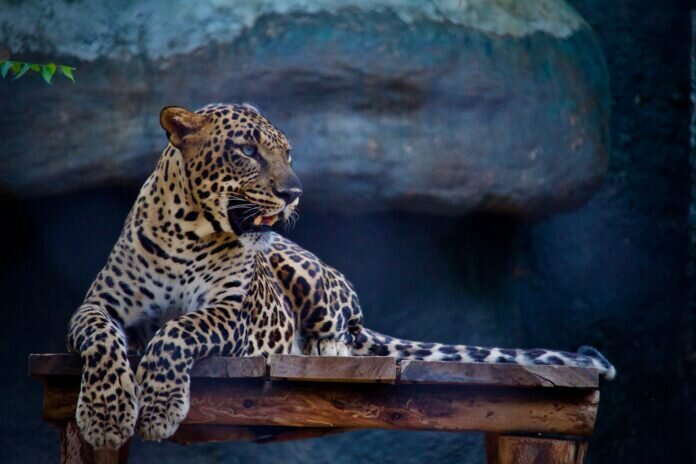Carnivorous Mammals More Prone to Cancer
Cancer is often thought to be a human disease. Although cancer seriously affects our own species, other animals suffer from it just as we do.
Cancer occurs not only in domestic animals, but also in wild animals (even dinosaurs, according to one study). However, the extent to which animals are exposed to cancer and how often the disease affects their health has not been known until now. But this is not surprising, as serious diseases in the wild would cause death, possibly from starvation or hunting, and this death cannot be traced back. Moreover, cancer is a disease associated with age and older individuals are more prone to it.
As a result, it is difficult to predict the risk of cancer in wild animals, whose age is rarely known. So scientists have focused on zoos, where individuals are followed throughout their lives to study how often animals encounter cancer.
Using data from 191 species and 110,148 mammals, the study shows that cancer is a common disease in mammals and can occur anywhere in the mammalian phylogeny.
The study also highlights that cancer risk is not evenly distributed across mammalian phylogeny. For example, while carnivores are particularly prone to cancer (for example, over 25% of smoky leopards, bat-eared foxes, and red foxes die from cancer), hoofed animals appear to have a high resistance to this disease.
In the study, it was also investigated whether this phylogenetic pattern seen in cancer risk could be explained by nutritional differences. The results show that animal consumption (especially mammal prey) increases the risk of cancer in mammals. The study’s authors suggest that this high cancer risk in carnivorous mammals may be related to the animals’ low microbiome diversity, limited physical exercise due to human care, oncogenic virus infections, or other physiological characteristics of carnivorous mammals.
The study also addresses a compelling question about evolution. Tumors, mutational diseases, and mutations usually occur during cell division. Animals that undergo more cell division because their bodies are larger and live longer may be at higher risk of developing tumors as a result.
This theory is supported by several studies in humans. For example, larger body size (height) is associated with a higher risk of cancer. But these relationships don’t seem to hold across species, as an elephant and a mouse show a similar probability of developing cancer, even though their lifespans and body sizes are vastly different. This discrepancy in the effect of body size and life expectancy on cancer risk is known as the Peto paradox.
The new research provides clear evidence of the validity of the Peto paradox, providing evidence that cancer risk is largely independent of mammalian body mass and life expectancy. The results also lend support to the claim that evolution has produced increasingly effective tumor suppression mechanisms throughout the evolution of extended lifespans and/or larger body sizes.
Co-author Fernando Colchero, from the University of Southern Denmark, explains: “Our study highlights that cancer in general can pose a serious and significant threat to animal welfare, and that scientific attention should be given to this threat, particularly in the context of recent environmental changes caused by humans. ”
Moreover; A better understanding of cancer hazard and resistance in various animal species could lead to significant advances in the search for natural anti-cancer defenses and revolutionize cancer medicine. For example, the study of strains with high cancer resistance can provide fundamental information for the development of biomimics natural cancer treatments, which, unlike most cancer treatments, may not be toxic to the host.
The findings are presented in the journal Nature.


